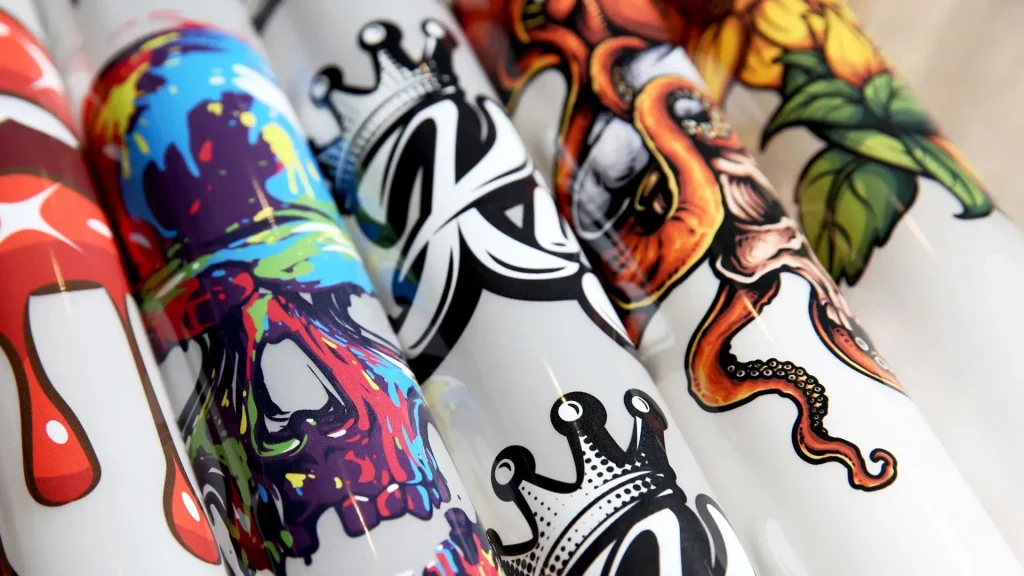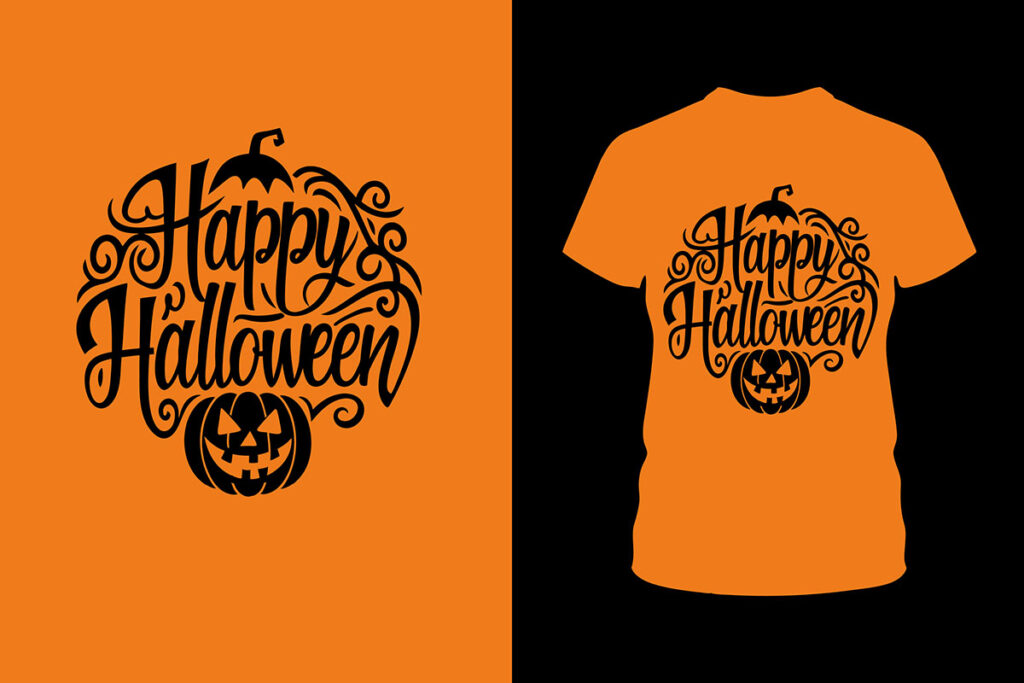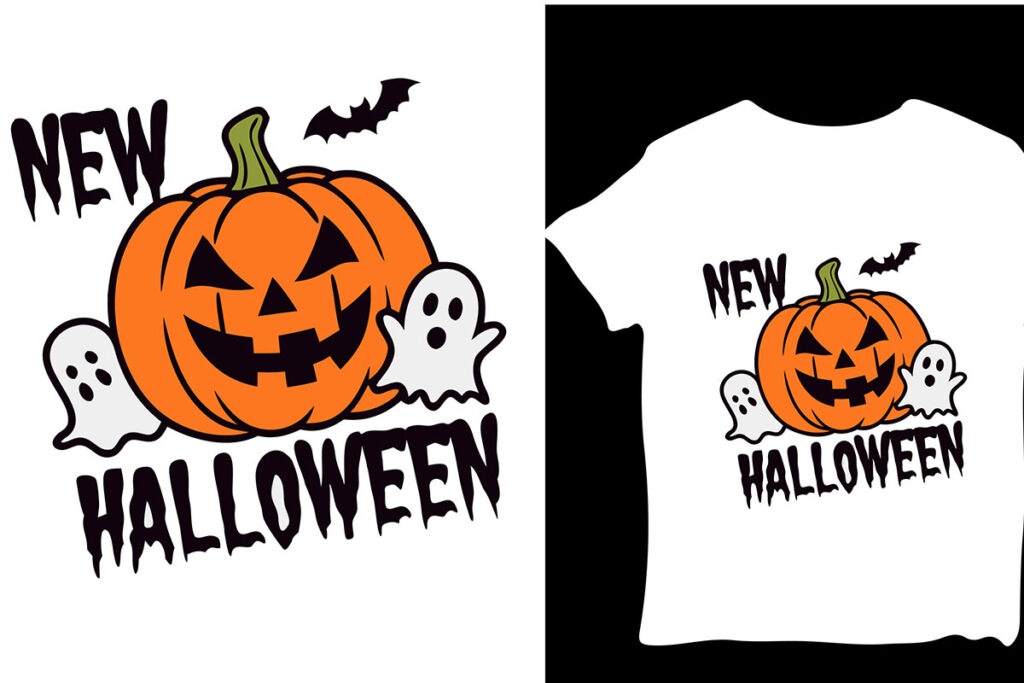DTF Transfers, or Direct to Film transfers, have taken the world of custom apparel by storm, offering an innovative solution for fabric printing enthusiasts. This exciting printing technique allows users to create vivid, high-quality designs that can be easily heat transferred onto a variety of materials. For beginners eager to dive into the DTF printing process, understanding the essential steps and required tools is crucial for success. Whether you are launching a custom apparel business or simply exploring a new artistic hobby, mastering heat transfer techniques will empower you to bring your creative visions to life. Embark on this journey to learn how to harness the full potential of DTF transfers and create stunning garments that stand out in any crowd.
The process of Direct to Film printing, often referred to as DTF printing, opens up new avenues for those interested in customizing fabric designs. This technique, which utilizes film and heat transfer methods, is perfect for producing intricate apparel graphics that remain durable across washes. As you explore the realms of customized clothing and heat transfer applications, familiarize yourself with the intricacies of this innovative printing process. Whether you describe it as film transfer printing or heat-applied graphics, the goal remains the same: to deliver high-quality, visually appealing custom apparel. By understanding these alternatives, you’ll gain a deeper appreciation for the versatility and effectiveness of DTF technology.
Understanding DTF Transfers in Detail
DTF transfers, or Direct to Film transfers, represent a groundbreaking approach in the fabric printing landscape. This technique capitalizes on cutting-edge technology, allowing designers to print intricate artwork onto a special film, which is then heat-transferred onto various fabrics. Unlike traditional methods, DTF printing produces vibrant colors and stunning details, making it an ideal choice for custom apparel projects. As a beginner, getting acquainted with the DTF printing process is essential for mastering its nuances and unlocking its creative potential.
One of the standout features of DTF transfers is their versatility. This method works effectively on a range of fabric types, including cotton, polyester, and blends, which opens up opportunities for diverse applications, from stylish t-shirts to practical tote bags. The ability to manage and customize designs with ease adds significant value for beginners looking to enter the world of custom apparel. Understanding how DTF transfers can elevate your printing projects will not only boost your skills but also enhance your final products.
Essential Materials for DTF Printing
Embarking on your DTF printing journey requires understanding the essential materials needed for the process. First and foremost, you’ll need a DTF printer modified specifically for this type of printing. This printer is adept at using vibrant DTF inks, which are optimized for transferring colors onto the film. Without the right printer, achieving the desired vividness in your prints will remain challenging. Furthermore, sourcing high-quality DTF transfer film is vital, as it directly impacts the final look and feel of your designs.
In addition to a reliable printer and transfer film, don’t overlook the importance of adhesive powder, which plays a crucial role in the adhesion process. The powder not only ensures that the design sticks when applying heat but also enhances the longevity of the prints on the fabric. Lastly, investing in a high-quality heat press machine is non-negotiable. This tool provides the necessary heat and pressure to bond your design with the fabric, ensuring an optimal transfer. Together, these materials lay the foundation for successful DTF transfers.
Frequently Asked Questions
What are DTF Transfers and how do they work?
DTF Transfers, or Direct to Film transfers, utilize a unique printing process where designs are printed on a specialized film and then heat-pressed onto fabrics. This technique enables vivid colors and intricate designs, making it ideal for custom apparel applications.
What materials do I need to start DTF printing?
To begin with DTF printing, you’ll need a DTF printer, special DTF transfer film, adhesive powder, and a reliable heat press machine. These materials are crucial for producing high-quality prints on fabric.
How do I create designs for DTF transfers?
For DTF transfer designs, use graphic design software like Adobe Illustrator or CorelDRAW. Ensure your design is set in CMYK color mode and a resolution of at least 300 DPI for optimal printing quality.
What is the DTF printing process step-by-step?
The DTF printing process involves printing on transfer film, applying adhesive powder, curing the design with heat, and then transferring it to fabric under heat and pressure. Each step is vital for achieving durable and vibrant prints.
What are the best practices for curing DTF prints?
For proper curing of DTF prints, apply heat at 160-180°C (320-356°F) for 15-30 seconds to solidify the adhesive powder. This ensures strong adhesion to the fabric, enhancing the longevity of your design.
How can I improve the durability of my DTF transfers?
To enhance the durability of your DTF transfers, use high-quality inks and films, and perform a final heat press after peeling the film. This additional step solidifies the bond between the design and fabric, increasing longevity.
| Key Point | Description |
|---|---|
| What Are DTF Transfers? | DTF transfers involve printing designs on a special film that can be heat-pressed onto fabrics, resulting in vibrant colors and intricate designs. |
| Materials Needed | Includes DTF printer, DTF transfer film, adhesive powder, and a heat press machine for successful printing and transferring. |
| Design Creation | Use graphic design software to create designs in CMYK color mode and ensure a resolution of at least 300 DPI for quality prints. |
| Printing Process | Print the design on DTF transfer film with correct printer settings to achieve optimal results. |
| Applying Adhesive | Sprinkle adhesive powder on the wet ink to ensure a strong bond during heat pressing. |
| Curing the Design | Cure the design using a heat press at 160-180°C for 15-30 seconds to solidify the adhesive. |
| Transfer to Fabric | Press the cured transfer onto the fabric for 10-20 seconds with firm pressure to bond the design. |
| Peeling the Film | Carefully peel off the transfer film after cooling to reveal the design without tearing. |
| Final Curing | Perform a final heat press with a protective sheet to enhance durability and bond strength. |
| Key Considerations | Use quality materials, ensure proper printer setup, and be willing to experiment for best results. |
| Recent Advances in Technology | Includes improved adhesive powders and all-in-one systems that simplify DTF printing for beginners. |
Summary
DTF Transfers present a dynamic approach to fabric printing that empowers beginners to create stunning custom designs. By utilizing cutting-edge techniques and high-quality materials, individuals can unlock their creative potential while ensuring their prints are vibrant and long-lasting. This guide provides an essential roadmap through the DTF printing process, encouraging experimentation and careful attention to detail to master this exciting craft.



